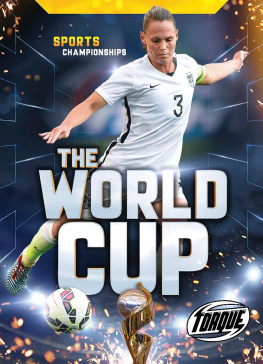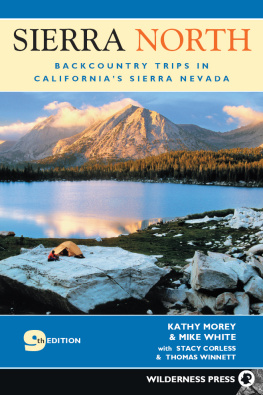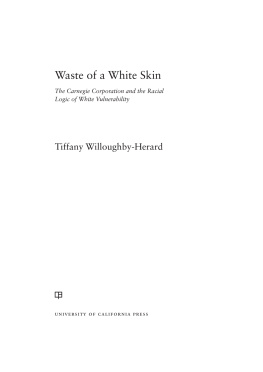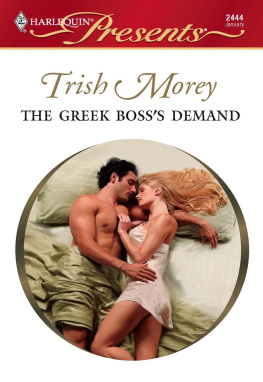This book was published with the assistance of the Authors Fund of the University of North Carolina Press.
2021 The University of North Carolina Press
All rights reserved
Set in Arno Pro by Westchester Publishing Services
Manufactured in the United States of America
The University of North Carolina Press has been a member of the Green Press Initiative since 2003.
Library of Congress Cataloging-in-Publication Data
Names: Morey, Maribel, author.
Title: White philanthropy : Carnegie Corporations An American dilemma and the making of a white world order / Maribel Morey.
Description: Chapel Hill : University of North Carolina Press, [2021] | Includes bibliographical references and index.
Identifiers: LCCN 2021003503 | ISBN 9781469664736 (cloth) | ISBN 9781469664743 (paperback) | ISBN 9781469664750 (ebook)
Subjects: LCSH: Keppel, Frederick P. (Frederick Paul), 18751943. | Myrdal, Gunnar, 18981987. American dilemma. | Carnegie Corporation of New York. | White nationalismUnited StatesHistory20th century. | White nationalismAfricaHistory20th century. | African AmericansSocial conditions20th century. | AfricansSocial conditions20th century. | ImperialismHistory20th century. | United StatesRace relationsPolitical aspects.
Classification: LCC E184.A1 M667 2021 | DDC 305.800973/0904dc23
LC record available at https: / /lccn.loc.gov/2021003503
This book is dedicated to the memory of W. E. B. Du Bois (18681963) and to the hope that future generations, including my daughter, Frankie, will continue the fight for a world free of domination.
Although the Negro problem is a moral issue both to Negroes and to whites in America, we shall in this book have to give primary attention to what goes on in the minds of white Americans. It is thus the white majority group that naturally determines the Negros place.
Americans also recognize that America has to take world leadership. The coming difficult decades will be Americas turn in the endless sequence of main actors on the world stage. America then will have the major responsibility for the manner in which humanity approaches the long era during which the white peoples will have to adjust to shrinkage while the colored are bound to expand in numbers, in level of industrial civilization and in political power. For perhaps several decades, the whites will still hold the lead, and America will be the most powerful white nation.
Gunnar Myrdal, An American Dilemma: The Negro Problem and Modern Democracy (New York: Harper & Brothers, 1944), xlvii, 1019.
Introduction
Gunnar Myrdals An American Dilemma: The Negro Problem and Modern Democracy (1944) is, according to U.S. sociologist Aldon D. Morris, the most famous and influential study of race every produced.
Historian Thomas J. Sugrue has similarly noted the continued influence of An American Dilemma in U.S. life. For example, referring to former president Barack Obamas Martin Luther King Day speech in 2008, Sugrue comments that Obamas high-minded words echo those of Swedish economist Gunnar Myrdal, whose 1944 book An American Dilemma still defines the basic dynamics of racial politics in America.
Commissioned and financed by Carnegie Corporation of New York, a philanthropic organization founded by Gilded Age tycoon Andrew Carnegie in 1911, An American Dilemma totals over 1,500 pages across two volumes. It outlines the many facets of white Americans discrimination against Black Americans in employment, housing, voting, policing, and court practices, and more publicly visible forms of anti-Black violence and intimidation such as lynchings.
Throughout the two volumes of An American Dilemma, Gunnar Myrdal argues that anti-Black discriminatory policies and behavior run counter to Americans national egalitarian ideals, which he refers to as the American Creed.
Gunnar Myrdals analysis of anti-Black discrimination as a moral problem in the hearts and minds of white Americans, to be solved by urging these dominant white Americans to mobilize the national government to assimilate Black Americans into dominant white U.S. life, has resonated with many Americans. Over sixty-five glowing reviews of the work were published in U.S. newspapers and magazines when it appeared in 1944. In that first year, the lengthy study went through four editions. Shorter summaries were also published, reviewed in newspapers, and sold to the U.S. public.
During the summer of 1948, a group of Americans coming together as the Committee of 100 coordinated a dinner in New York City to honor Myrdal, as an expression of the gratitude of Americans for the great contribution he has made toward the solution of the tragic racial division in our land through his brilliant study An American Dilemma. Former first lady Eleanor Roosevelt, who had agreed to cooperate with Myrdals team of researchers years earlier, was a speaker at the event. She was joined by other contributors to Myrdals study, NAACP executive secretary Walter White, as well as Roy Wilkins, who had replaced W. E. B. Du Bois as editor of the NAACPs official journal The Crisis.
Beyond the general U.S. public, An American Dilemma both reflected and penetrated social scientific scholarship on race in the United States.
Likewise, historian Alice OConnor notes that in the 1940s U.S. social scientists crystallized the elements of an emerging liberal orthodoxy on race, an orthodoxy drawn together in a sweeping synthesis in Gunnar Myrdals An American Dilemma (1944).
Moving beyond the projects intellectual context to its future impact in the social sciences, historian Leah Gordon argues that An American Dilemma exemplified and aided a shift in research on the race issue in much social scientific, as well as popular and social policy, discourse.
In the 1940s and well into the 1960s, An American Dilemma dominated discussions of Black Americans in the United States not only among social scientists but also among policymakers. For this latter group, Myrdals study helped frame and justify the U.S. federal governments reengagement in shaping a national policy program on Black Americans, a role from which the federal government generally had shied away since the end of the Reconstruction Era in the 1870s. In 1946, for example, U.S. president Harry S. Truman convened by executive order a committee to make recommendations with respect to adoption or establishment by legislation or otherwise of more adequate means and procedures for protection of civil rights of the people of the United States.
And yet, even as An American Dilemma was celebrated by many Americans, it also had its critics. Predictably, vocal proponents of white supremacy and Black subordination balked at Gunnar Myrdals suggestion that white Americans should expedite Black Americans assimilation into white U.S. life. In his book












